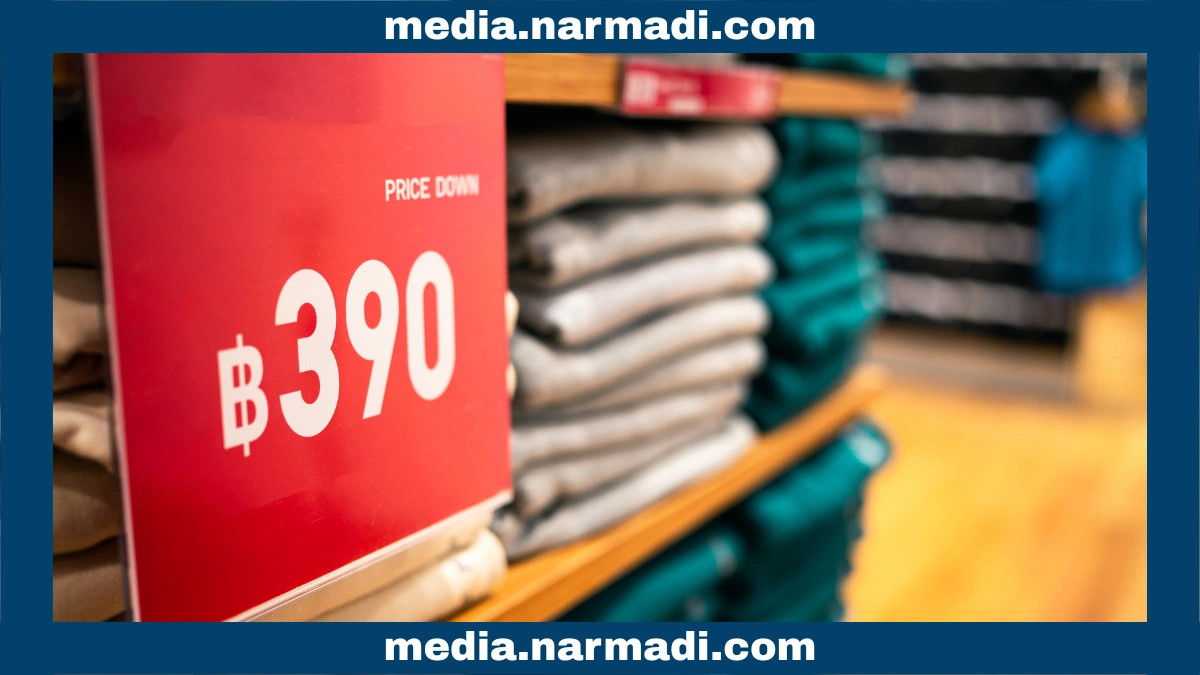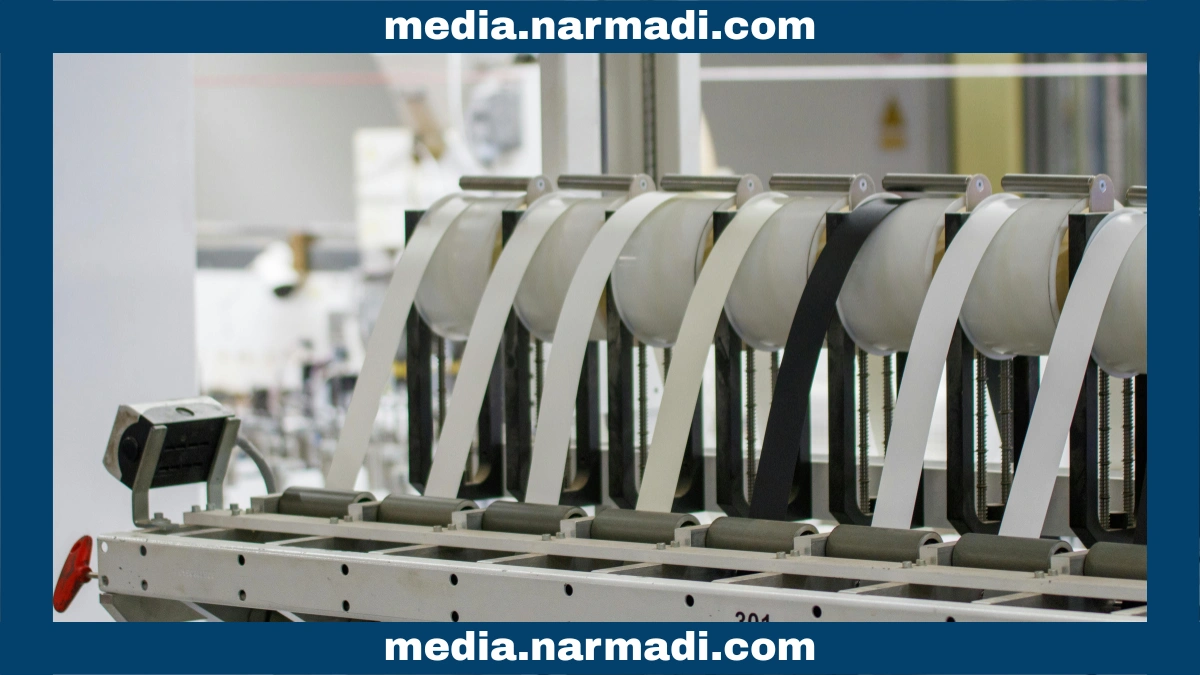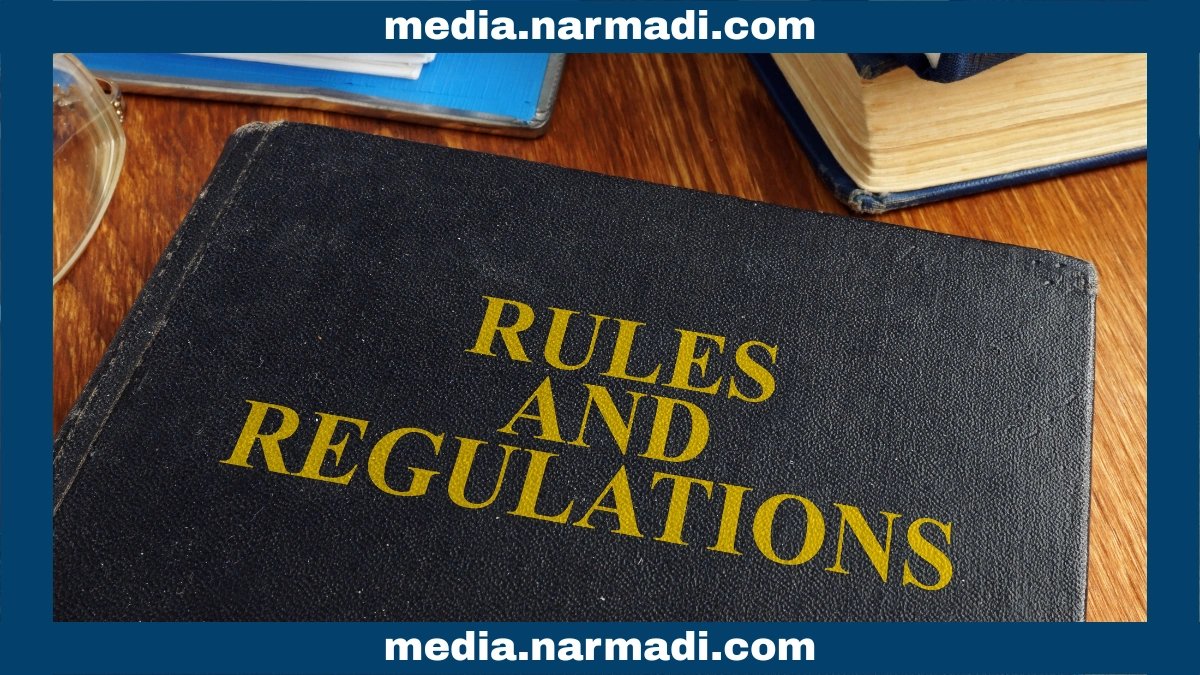The global retail industry has been surprised by the emergence of Electronic Shelf Labels (ESL) over the past decade. This technology has become one of the driving forces behind digital information, influencing the demand for automated stores, IoT integration, and labor efficiency.
The question is, who are the players behind the electronic shelf label ecosystem? And what trends will determine the direction of the industry in the next five years?
This article will explore electronic shelf labels, covering their definition, key players in the global market, emerging technologies, and regulatory frameworks. This will enable local manufacturers, distributors, and importers of retail devices to understand the ESL manufacturing landscape, helping them develop effective sourcing strategies, ensure regulatory compliance, and select the most suitable technology.
What is an Electronic Shelf Label?

Electronic Shelf Labels (ESL) are electronic labels that replace the paper labels commonly placed on store shelves to display product information, especially prices. These electronic labels typically use e-paper or LCD screens to display data such as prices, product names, barcodes, and even QR codes.
The ESL system is directly connected to the store's data center wirelessly, allowing for automatic updates of price changes, discounts, and new promotions from a distance. This means that store employees do not need to replace them manually one by one. This increases the efficiency, accuracy, and flexibility of the store.
The Global ESL Manufacturing Landscape

A variety of international companies lead the Electronic Shelf Label (ESL) manufacturing landscape. Their leadership is, of course, a result of their ecosystem, manufacturing scale, technological innovation, strategic partnerships, and focus on sustainability. The following are the ESL manufacturing countries:
China
China has become the manufacturing hub for ESLs, thanks to its unmatched scale and advanced technological infrastructure. Manufacturing in this country has low production costs, a strong electronics supply chain, and rapid technological advances.
The leading Chinese companies include Hanshow, Shanghai SUNMI, and Zkong Networks. Their distribution spans the globe, with Hanshow aggressively expanding in Europe and Asia.
Taiwan
Taiwan is a key hub for the core technology behind most modern ESLs. This is largely due to the role of E Ink Holdings Inc., the company behind the basic electronic paper technology that enables energy-efficient ESLs. As a result, they dominate the market with highly readable devices.
Asia-Pacific
The Asia-Pacific region is the fastest-growing market for the ESL industry. The retail sector in countries such as Japan, South Korea, and India is rapidly expanding in its adoption of these smart retail solutions.
South Korean companies such as SOLUM are among the major global players. This former Samsung company is aggressively expanding its presence in various countries with ESL technology.
Europe
Europe is a large share of the global Electronic Shelf Label market, driven by established major brands. It is therefore not lagging in promoting the adoption of this technology by establishing manufacturing facilities.
Leading European companies in this field include VusionGroup from France and Pricer from Sweden. They are driving retail automation and sustainability goals in the global distribution of their products. Their renowned innovations include developing software, AI-based analytics, and IoT integration platforms.
North America
North America is the leading market for the adoption of ESL. This is marked by the early integration of smart retail technology by large chains such as Walmart and Target. The goal is to improve operational efficiency and implement dynamic pricing.
Technology Trends That Shape ESL in 2025–2030

As Electronic Shelf Label (ESL) innovation continues to evolve, several technological trends are expected to emerge over the next five years. Here are the technology trends that shape ESL:
- Migration from 2.4 GHz to sub-GHz: Enables longer range
- AI integration: Supports dynamic pricing (retail automation)
- Smart store ecosystem: ESL + sensors + footfall tracking
- Longer battery life: 5–10 year battery life and energy harvesting options
- Smart warehouse ESL: For pallets, containers, and cold chain
The Regulations

An electronic shelf label uses Bluetooth, NFC, and WiFi technology, which operates within a specific frequency spectrum. In every country, all WiFi-based wireless devices are required to have Radio Frequency (RF) Certification.
Electronic shelf label regulations require all radio frequency-based devices to meet certain technical standards before they can be sold in that country. This certification ensures that products comply with government safety and quality regulations and do not interfere with other communication devices.
Some types of type certification regulations in Asia:
- Indonesia: DJID Certification
- Malaysia: SIRIM Certification
- Thailand: NBTC Certification
- Singapore: IMDA Certification
- Philippines: NTC Certification
- Vietnam: MoST Certification
- Cambodia: TRC Certification
- India: WPC ETA and TEC MTCTE Certification
The certification process involves technical testing, including frequency adjustment, safety checks, and verification of compatibility with the surrounding environment. Once testing is complete, products that pass will be listed in a test report, confirming that they are safe and ready for sale. This report guarantees customers that the product meets technical standards and is secure.
For companies wishing to sell electronic shelf labels, Product Compliance Specialists are available to assist with this process. This service includes preparing technical and legal documents, conducting the necessary testing, ensuring regulatory compliance, helping companies streamline the certification process, and providing consumers with confidence in certified products.